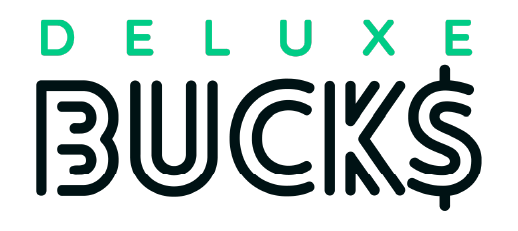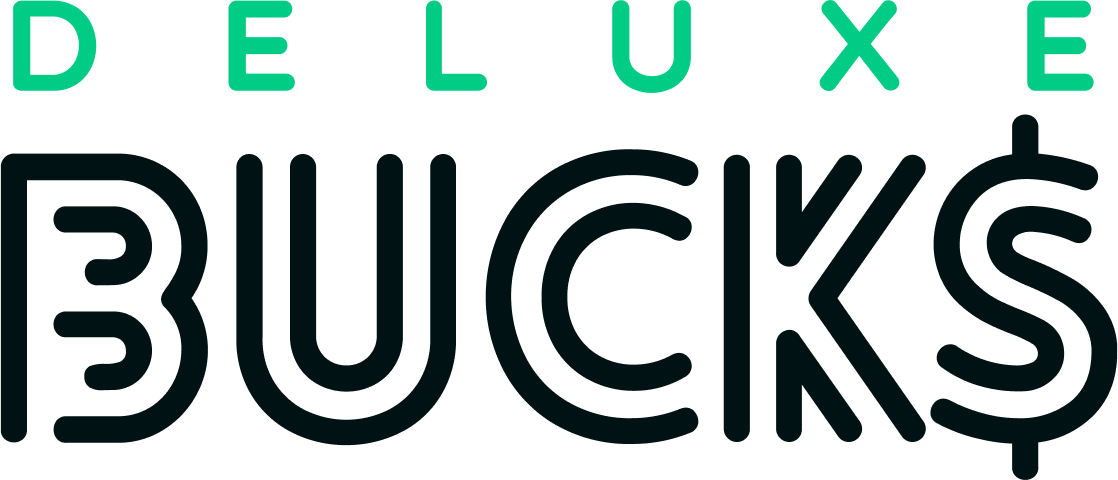The Role of Technology in Modern Classrooms
In today’s rapidly evolving world, technology has become an integral part of our daily lives, and education is no exception. The integration of technology in modern classrooms has revolutionized the way students learn and teachers teach. This article explores the various aspects of technology in education, its benefits, challenges, and future prospects.
Historical Context
To understand the current role of technology in education, it’s essential to look back at its evolution. Early technological tools in classrooms included overhead projectors, slide projectors, and educational television programs. These tools laid the foundation for the advanced technologies we see today.
Modern Classroom Technology
Today’s classrooms are equipped with a plethora of technological tools that enhance the learning experience.
- Interactive Whiteboards: These have replaced traditional blackboards, allowing teachers to display multimedia content and engage students interactively.
- Tablets and Laptops: Personal devices have become common, enabling students to access information, complete assignments, and collaborate with peers.
- Educational Software and Apps: A wide range of software and applications are available to support various subjects and learning styles.
Benefits of Technology in Education
The integration of technology in education offers numerous benefits:
- Enhanced Learning Experiences: Technology provides interactive and engaging learning experiences, making complex concepts easier to understand.
- Personalized Learning: Adaptive learning technologies cater to individual student needs, allowing for a more personalized education.
- Improved Student Engagement: Interactive tools and multimedia content keep students engaged and motivated to learn.
Challenges and Considerations
Despite its benefits, the integration of technology in education comes with challenges:
- Digital Divide: Not all students have equal access to technology, leading to disparities in learning opportunities.
- Screen Time Concerns: Excessive screen time can have negative effects on students’ health and well-being.
- Teacher Training and Adaptation: Teachers need adequate training to effectively integrate technology into their teaching methods.
Technology and Student Collaboration
Technology has transformed the way students collaborate:
- Online Collaboration Tools: Platforms like Google Classroom and Microsoft Teams facilitate communication and collaboration among students.
- Virtual Classrooms: Online classes and virtual learning environments have become more prevalent, especially during the COVID-19 pandemic.
- Group Projects and Communication: Technology enables students to work together on projects, regardless of their physical location.
Role of Artificial Intelligence
Artificial Intelligence (AI) is playing an increasingly significant role in education:
- AI in Personalized Learning: AI-driven tools can analyze student performance and provide personalized learning paths.
- AI-Driven Educational Tools: Tools like chatbots and virtual tutors offer additional support to students.
- Future Prospects of AI in Education: The potential for AI in education is vast, with ongoing developments promising even more advanced applications.
Gamification in Education
Gamification involves incorporating game elements into education to enhance learning:
- Educational Games: Games designed for educational purposes make learning fun and engaging.
- Benefits of Gamification: Gamification can improve motivation, retention, and problem-solving skills.
- Examples of Successful Gamification: Platforms like Kahoot! and Duolingo have successfully integrated gamification into their learning models.
Virtual and Augmented Reality
Virtual Reality (VR) and Augmented Reality (AR) are creating immersive learning experiences:
Virtual and Augmented Reality (continued)
- VR and AR in Classrooms: These technologies allow students to explore virtual worlds and interact with 3D models, making abstract concepts tangible.
- Immersive Learning Experiences: VR and AR can simulate real-world scenarios, providing hands-on learning without leaving the classroom.
- Case Studies and Examples: Schools using VR for virtual field trips or AR for interactive science lessons showcase the potential of these technologies.
Online Learning Platforms
Online learning platforms have become essential tools in modern education:
- Popular Online Learning Platforms: Platforms like Coursera, Khan Academy, and Udemy offer a wide range of courses accessible to anyone with an internet connection.
- Benefits of Online Learning: Flexibility, accessibility, and a vast array of resources make online learning an attractive option for many students.
- Challenges of Online Education: Issues such as lack of face-to-face interaction, self-discipline requirements, and potential technical difficulties need to be addressed.
Technology for Special Education
Technology plays a crucial role in supporting students with special needs:
- Assistive Technologies: Tools like speech-to-text software, screen readers, and adaptive keyboards help students with disabilities access educational content.
- Benefits for Students with Disabilities: These technologies provide equal learning opportunities and help students achieve their full potential.
- Examples of Assistive Tools: Programs like Dragon NaturallySpeaking and devices like the BrailleNote Touch are widely used in special education.
Cybersecurity in Education
As technology becomes more prevalent in education, cybersecurity is a growing concern:
- Importance of Cybersecurity: Protecting student data and maintaining privacy are critical in the digital age.
- Protecting Student Data: Schools must implement robust security measures to safeguard sensitive information.
- Best Practices for Schools: Regular updates, strong passwords, and cybersecurity education for staff and students are essential practices.
Future Trends in Educational Technology
The future of educational technology is full of exciting possibilities:
- Emerging Technologies: Innovations like blockchain for credentialing, AI tutors, and advanced analytics are on the horizon.
- Predictions for the Future: Technology will continue to evolve, offering new ways to enhance learning and teaching.
- Preparing for Future Advancements: Schools must stay informed about technological trends and be ready to adapt to new tools and methods.
Conclusion
Technology has undeniably transformed modern classrooms, offering numerous benefits while also presenting challenges. As we move forward, it is crucial to address these challenges and harness the potential of technology to create more effective and inclusive educational environments.
FAQs
- What are the main benefits of technology in education?
- Technology enhances learning experiences, personalizes education, and improves student engagement.
- How does technology improve student engagement?
- Interactive tools and multimedia content keep students interested and motivated to learn.
- What are the challenges of integrating technology in classrooms?
- Challenges include the digital divide, screen time concerns, and the need for teacher training.
- How can teachers adapt to new technologies?
- Teachers can adapt by participating in professional development programs and staying informed about the latest educational technologies.
- What is the future of technology in education?
- The future includes emerging technologies like AI tutors, blockchain for credentialing, and advanced analytics, which will continue to enhance education.


